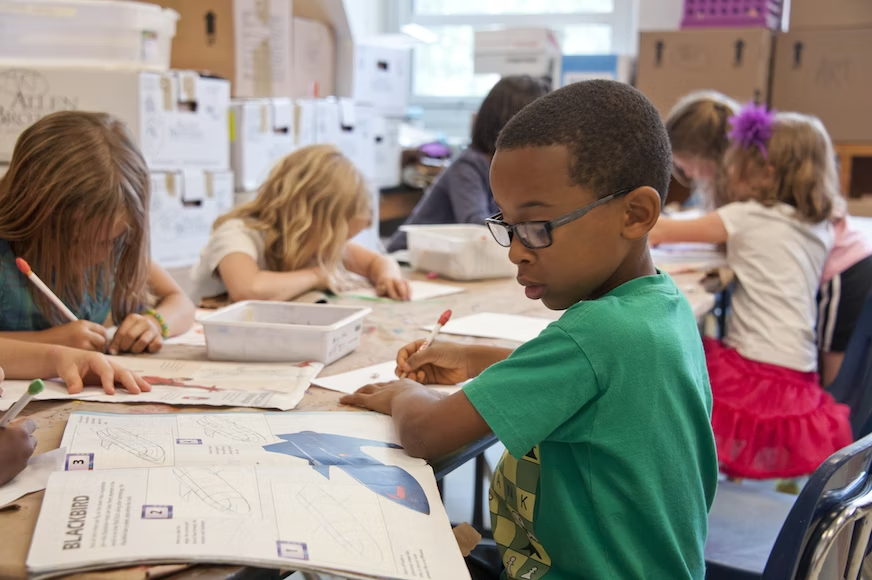Random generators have become increasingly popular tools for educators and students alike, providing an efficient way to generate unique content quickly. Random generators are particularly useful in the classroom setting, as they can help teachers create lesson plans more easily and engage their students with interesting activities.
Random generators also provide a great opportunity for students to learn new concepts by exploring different possibilities that may not be available through traditional means of instruction. So here are some of the benefits of using random generators in education and learning contexts, how randomness can be used to make teaching fun, creative, and engaging, how it can spark innovation among learners, and more!
Increased Engagement
Random generators can provide an element of surprise and exploration in the classroom, which helps to keep students engaged. Rather than relying on repetitive drills or memorization exercises, random generators offer a way for students to explore different ideas and approaches.
This novelty can help to foster a greater degree of engagement and enthusiasm for learning new concepts. If you use a spin wheel and assign tasks to the students, it can also add a layer of fun and competition to the learning experience. Additionally, random generators can provide an opportunity to cultivate creative problem-solving skills.
Enhanced Creativity
Random generators can help students develop their creative problem-solving skills by providing them with the ability to explore different approaches. By randomly generating tasks or activities, students can explore and refine ideas in a more open-ended way. This encourages more out-of-the-box thinking, as students are encouraged to use their imaginations and think outside of the box.
Randomness also adds an element of challenge, as it may not be immediately obvious how certain questions should be answered or certain concepts should be explored. While this can be frustrating at times, it helps to foster a greater level of creativity and resourcefulness. And if a given task is too difficult, students can always use the random generator to come up with an alternate approach.
Improved Collaboration
Random generators can also help to foster collaboration among students. By randomly assigning tasks or activities, teams are challenged to work together to come up with the best solution. This encourages communication and teamwork and helps students learn how to collaborate effectively.
Additionally, if you have an online random generator you can use in the classroom, it can provide a great opportunity for remote learning as well. Random generators also allow teachers to quickly generate unique content that is tailored specifically for their class.
In some cases, teachers can even create custom random generators that are directly tied to their curriculum. This allows them to quickly generate a variety of assignments and prompts for their students, without having to worry about running out of ideas or potential activities.
Increased Accessibility
Random generators are also incredibly useful for making educational materials more accessible to different types of learners. For example, some random generators feature visual options for students with visual impairments or audio options for students with hearing impairments.
Additionally, some randomly generated tasks are designed to be more accessible for those with cognitive disabilities. This allows everyone in the class to engage and participate on a more even playing field.
Efficiency
Finally, random generators provide an efficient way for teachers to generate unique content quickly. This can save a lot of time compared to traditional methods, as it eliminates the need to manually create activities or drills from scratch. Random generators also help ensure that each lesson is tailored specifically for the class, allowing teachers to tailor their teaching materials to fit their students’ needs and interests.
For example, a random generator can create a quiz containing questions that are more relevant to the student’s learning level and previous knowledge. This helps to ensure that each lesson is engaging and beneficial for both the teacher and the student.
Additionally, teachers can also save time by using random generators to quickly generate different types of content such as lists of vocabulary words, grammar drills, or even fun activities like crossword puzzles. Random generators provide an efficient way for teachers to generate unique content in a short period of time and help them engage their students more effectively.

Random generators are a great tool for teachers to use in the classroom, as they offer an efficient way to generate content that is tailored specifically for their students. Random generators provide the opportunity for more creative problem-solving, increased collaboration, improved accessibility, and greater efficiency overall.
With all of these benefits combined, it’s easy to see why so many teachers are turning to random generators as a way to make their classrooms more engaging and effective.





